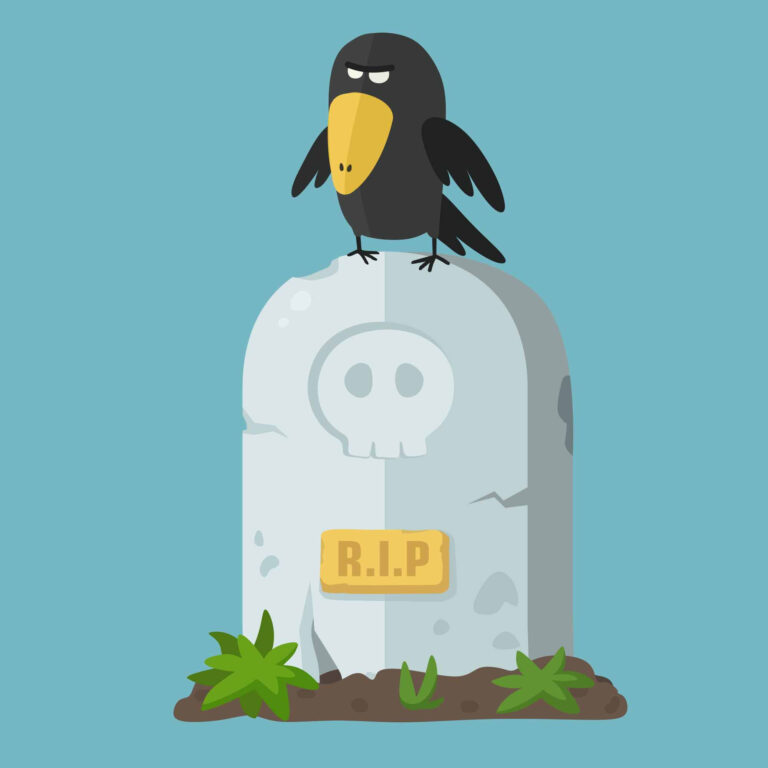Key Takeaways
- The end of a client contract is a good time to evaluate wins, losses and areas for improvement.
- The best time to do this is when you’ve had enough distance from the loss to properly assess the engagement.
- Yet also have the ins-and-outs of the business still fresh in your mind.
One of the best and worst parts of being self-employed is the lack of any official work performance review. While you’re regularly evaluated by your clients, the feedback now comes in different forms of verbal and non-verbal communication.
For this reason, it’s important to do a post-mortem when a client engagement ends. That’s not to imply that you shouldn’t ask clients for ongoing feedback while you are employed. Nor does it mean the relationship wasn’t great because even the best client/freelancer engagements eventually come to an end. Rather, it’s a reminder that every client relationship offers a unique learning experience.
When to Evaluate
The idea of analyzing a client relationship after it’s over might feel uneasy at first. But if you keep in mind that it’s not personal, you’ll see the upside. This includes continuously improving your skills, identifying the types of clients that most align with your core values, and refining your business model.
The best time to do a post-mortem is immediately after the end of the relationship, assuming there was a 30-day notice on the termination. If the client relationship ended more abruptly, wait a few weeks. This will give you that much-needed distance and clarity before you can objectively analyze what did and didn’t work.
You don’t need to spend an inordinate amount of time analyzing the relationship or creating a report. Instead, set aside time to assess the engagement and if it makes sense, talk it through with a trusted freelancer friend. You’ll both learn something new.

What to Analyze
Objectivity is critical to getting the most from a client post-mortem. Remember this as you review the following aspects of the relationship.
Successes
Look at your quarterly highlights and status reports and recall the biggest wins and how they were achieved.
Missed Opportunities
Were there any people or processes that made it more challenging to achieve your goals? Identify the players and explore the reasons why. Then figure out how you’ll address those situations in the future.

Access to decision makers
Did you consistently have access to and/or good relationships with decision makers? Without a direct connection and on-going relationship with key decision makers, it’s difficult to maintain a successful client relationship.
Time spent on non-billable activities
Look at your time logs and figure out how much time was spent on account admin versus achieving results. If a client is asking for lots of reports and meetings, it impacts the amount of time you have to achieve results. In the future, talk to them about this before it’s too late. Remember, marketable results that have a positive impact on the client’s business will always be more important than burning hours creating fancy reports.
The profitability of the account
Examine how many hours you put into each project each month and how that equates to earnings, not just revenue. Your goal, of course, is to build a client roster of highly profitable clients as opposed to taking any assignment that comes through the door.

Be honest about your performance
If you could do things over, what would you change about the client relationship? What would stay the same? This includes how you managed the account and interacted with the client, and how they worked with you.
Rate your overall assessment of the relationship
If there are things that didn’t go well, think about how, where and when it went awry. Did you ask for feedback along the way? If you did ask for feedback and the client wasn’t forthcoming, chalk it up to a learning experience that you’ll take to your next client. Or was the client just a bad fit? It’s not always easy to tell at the start of the relationship if you haven’t fully qualified the lead. Or was it just time for both of you to move on? Sometimes the relationship simply runs its course.
After you finish the post-mortem, take a short break to clear your head and regroup. Then when you’re ready to dive back into your other client work, you’ll have a renewed energy.
No matter what happens, always remember that successful client engagements are a two-way street, and post-mortems are an effective way to continue your own professional growth.



